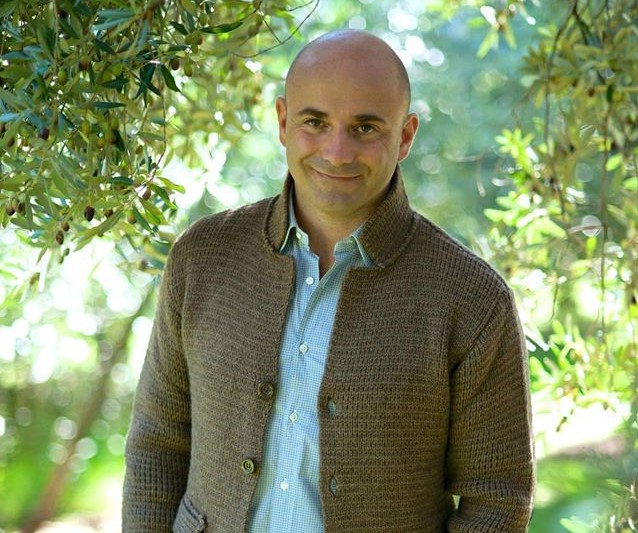“The 2017 olive campaign? The tail of three vintages that on Lake Garda, for various reasons did not give the desired results. But on the quality front the level is at the top “.
Paolo Venturini’s words (pictured above), at the top of the Montecroce Frantoio di Desenzano, one of the leader oil mills in the Garda area: an important reality for the sector, particularly active in the area that from Sirmione reaches up to Manerba providing the mill service also to the many hobby growers of the territory. A company that at the same time owns a patrimony of 10 thousand plants from which come the olives for the Garda Bresciano Dop, the reference product.
The Montecroce production is divided into different labels: from an exceptional Casaliva, a monocultivar, to the Garda Dop (blend of Casaliva, Leccino, Frantoio and Pendolino) up to a selection of three non-certified base oils deriving in part from non-registered olive groves or from olives acquired by donors not registered in the DOP catalog.
Products that can be purchased directly in the company, where from March, now a tradition for Montecroce, will start the season of the daily guided tours in the mill, destined to continue until mid-October with tastings that will be held throughout the day: free for individuals and families, while for organized groups there is a more complete package with payment of tickets (by reservation only), with visits also in English, German and Russian. A nice way to make oil culture in synergy between taste tourism and agriculture, for a promotional activity that starts again this year after the hard work of a rather difficult campaign.
“Unfortunately, in 2017, the late April frost, which hit the vineyards in particular, created problems even in olive groves since it came two weeks before flowering, blocking the fertilization of flowers – says Venturini-. So in this area of Garda the decline in production has reached even peaks of 60%: the agronomic treatments have been corrected, but nature has played a bit against us”.
Combined to the abnormal and aforementioned wave of frost, the effects of a very dry summer, which hit hard above all in the non-irrigated areas where plants have suffered a lot from water stress. “We have saved production – Venturini explains – in areas where we have set up irrigation as a pure agronomic act in the event of water stress. For the rest we bought a lot of olive in Alto Garda, in countries such as Gargnano or Toscolano which were saved from freezing because of the postponed flowering compared to the area of the lower Benaco. But this did not prevent a reduction of our production in the order of 50% “.
So less oil, but undoubtedly of high organoleptic profile. “We not only had very high yields, equal to about 15-16%, but we must also say that the raw material was in sanitary conditions of extraordinary health thanks to the absence of the olive fly: from the pressing emerged an oil more fruity than the average of the territory, with more intense aromas, a more pleasant aftertaste “.


Leave a Comment